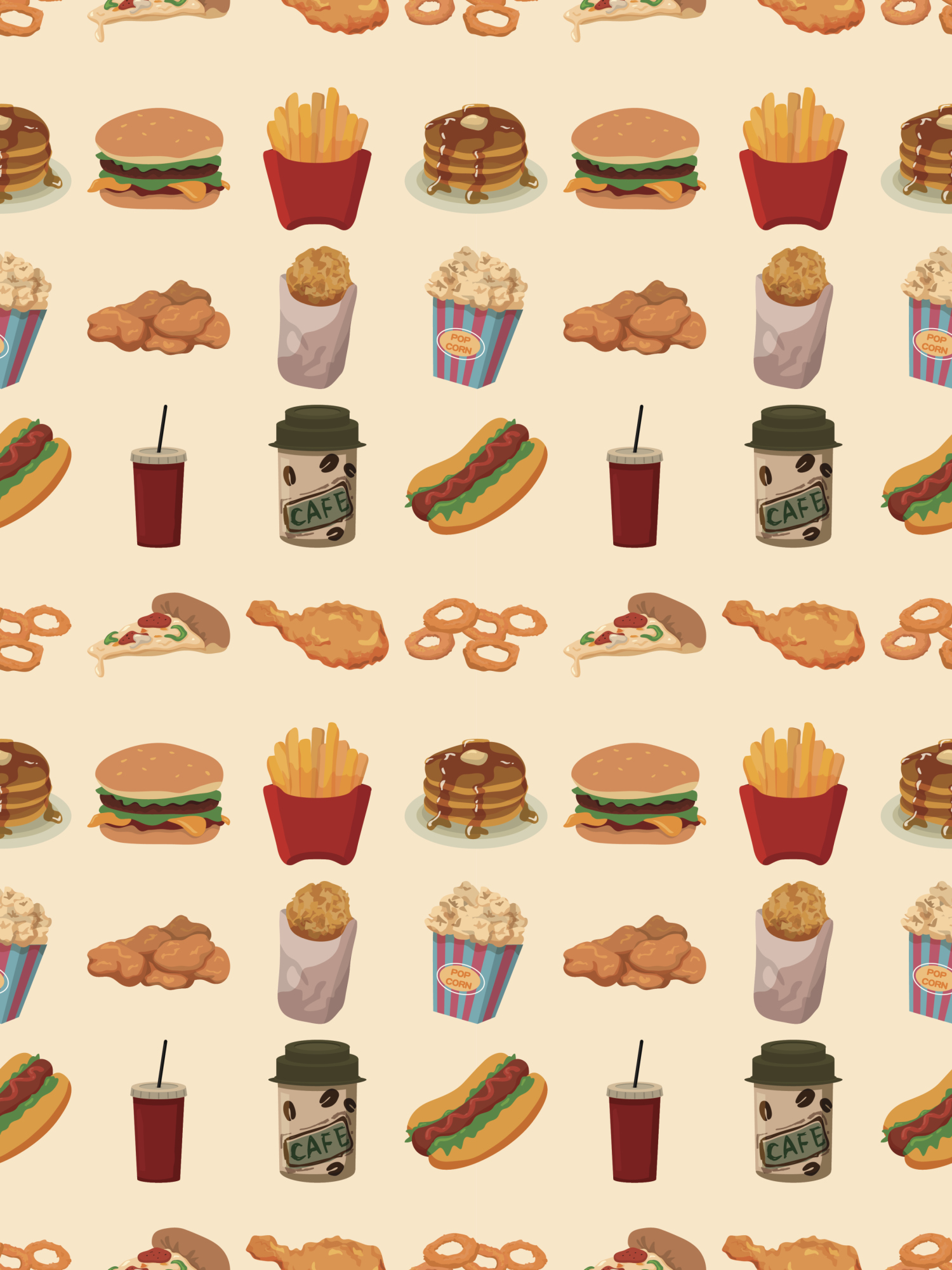There are several states in which more than 20% of the population cannot always afford to feed themselves. Most of these also have among the highest poverty rates. A large number of the states are in the South, which based on poverty rates and eduction, should not come as a shock.
According to a new Gallup poll:
For the sixth consecutive year, Mississippians were the most likely in the U.S. to report struggling to afford food. In 2013, 25.1% report there was at least one time in the last 12 months when they did not have enough money to buy the food they or their families needed. Residents in West Virginia, Louisiana, and Alabama were also among the most likely to struggle to afford food. Residents of Alaska, New Hampshire and Minnesota were among the least likely to have this problem.
Following Mississippi among the 10 states which are worst off:
2) West Virginia (23.0%), 3) Louisiana (23.0%), 4) Alabama (22.9%), 5) Arkansas (22.9%), 6) North Carolina (22.2%), 7) Kentucky (21.8%), 8) Georgia (21.5%), 9) Oklahoma (21.2%), and 10) Arizona (21.1%)
All of these states have poverty rates above the national average.
The states on the list usually appear frequently over time:
Alabama has been among the 10 states most likely to report struggling to afford food in each of the six years Gallup and Healthways have tracked this measure. Louisiana, Arkansas, and Georgia are also frequent visitors on this list. Each has appeared five times since tracking began. Other repeat states among the 10 most likely to report struggling to afford food are West Virginia, North Carolina, South Carolina, Kentucky, and Oklahoma — each making the list four of the last six years. This is the first time Arizona has been among the 10 states reporting the highest percentage of residents who struggled to afford food.
Finally, Gallup is not particularly optimistic about plans to lessen the problem:
To address this issue, states try to help their struggling residents afford food by offering food assistance programs. However, Congress passed an update to the Farm Bill in early 2014 that cuts approximately $8 billion from national food assistance programs over the next decade. This could make it harder for states to help their residents who struggle to afford food. Some states are trying to fight these cuts to continue to provide food assistance for their residents, but rising food prices nationally could make food affordability an even bigger issue in the coming year, regardless of the cuts.
Methodology: “Results are based on telephone interviews conducted as part of the Gallup-Healthways Well-Being Index survey Jan. 2-Dec. 29, 2013, with a random sample of 178,067 adults, aged 18 and older, living in all 50 U.S. states and the District of Columbia.”
Are You Ahead, or Behind on Retirement? (sponsor)
If you’re one of the over 4 Million Americans set to retire this year, you may want to pay attention.
Finding a financial advisor who puts your interest first can be the difference between a rich retirement and barely getting by, and today it’s easier than ever. SmartAsset’s free tool matches you with up to three fiduciary financial advisors that serve your area in minutes. Each advisor has been carefully vetted, and must act in your best interests. Start your search now.
Don’t waste another minute; get started right here and help your retirement dreams become a retirement reality.
Thank you for reading! Have some feedback for us?
Contact the 24/7 Wall St. editorial team.


